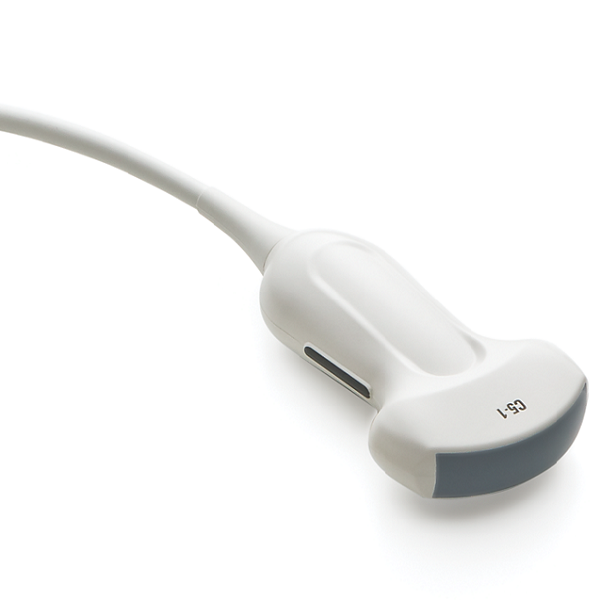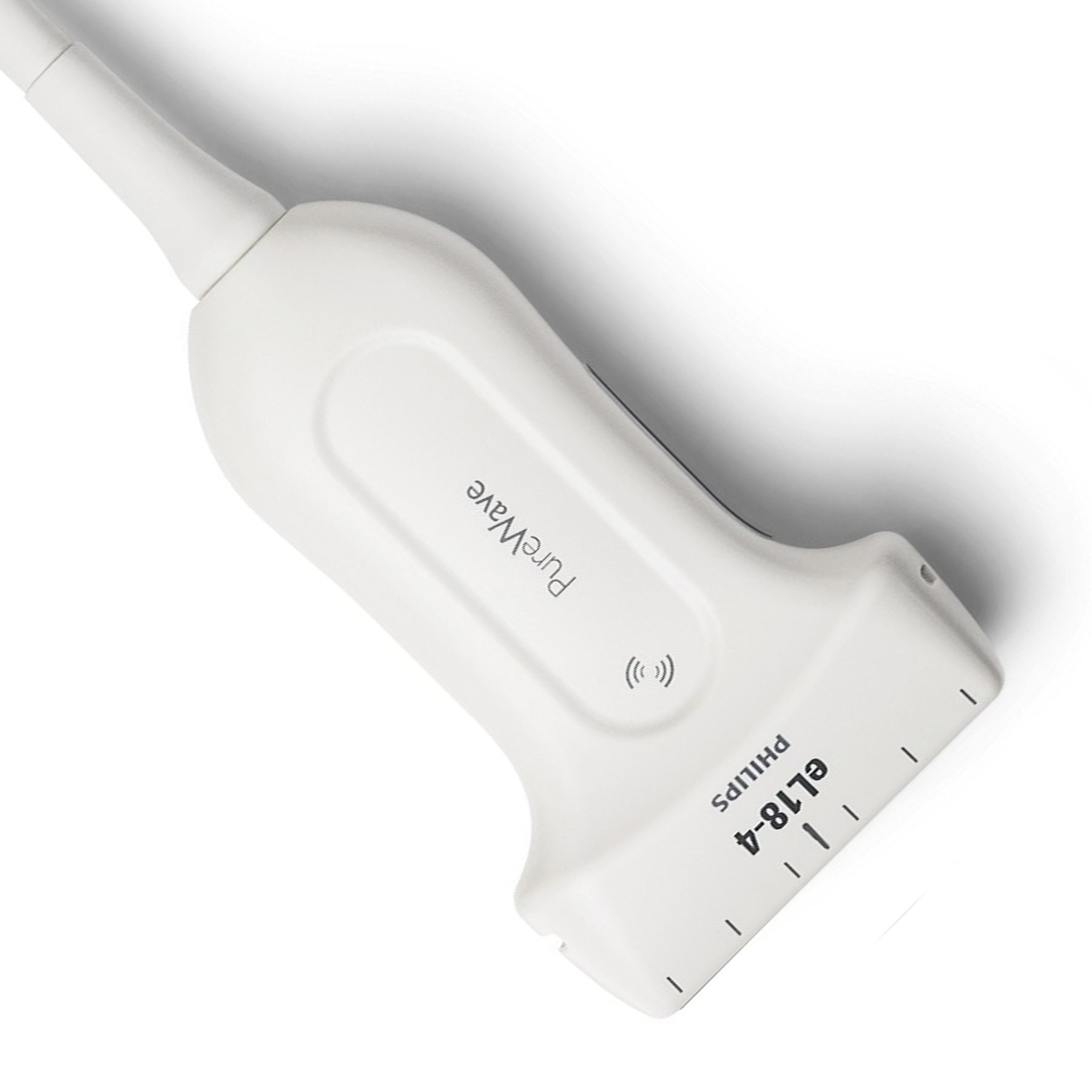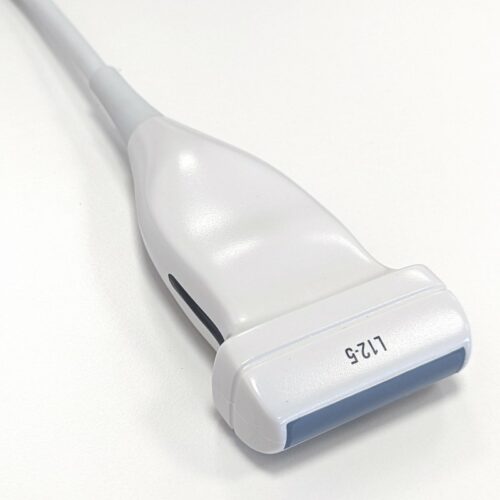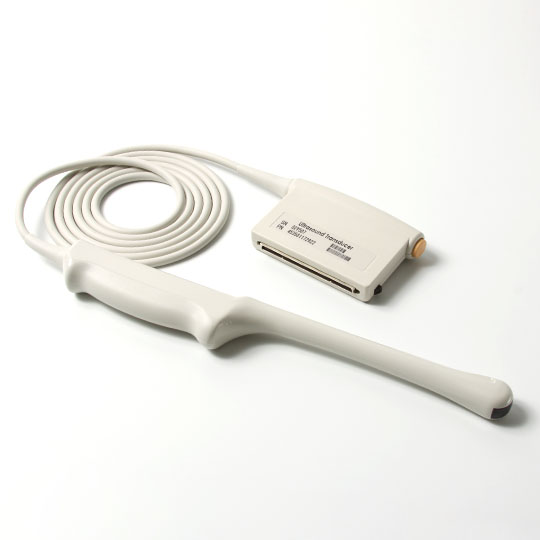ULTRASOUND CAN SUPPORTs us TO CARE FOR PATIENTS
TOGETHER WE FIGHT COVID-19
in China, Ultrasound Helped Doctors Fight COVID-19
As the world navigates the unprecedented challenge presented by the COVID-19 pandemic, we at GE Healthcare Ultrasound support you. We are honored to serve alongside the many who are working hard to deliver swift, efficient, and quality patient care in this time of need.
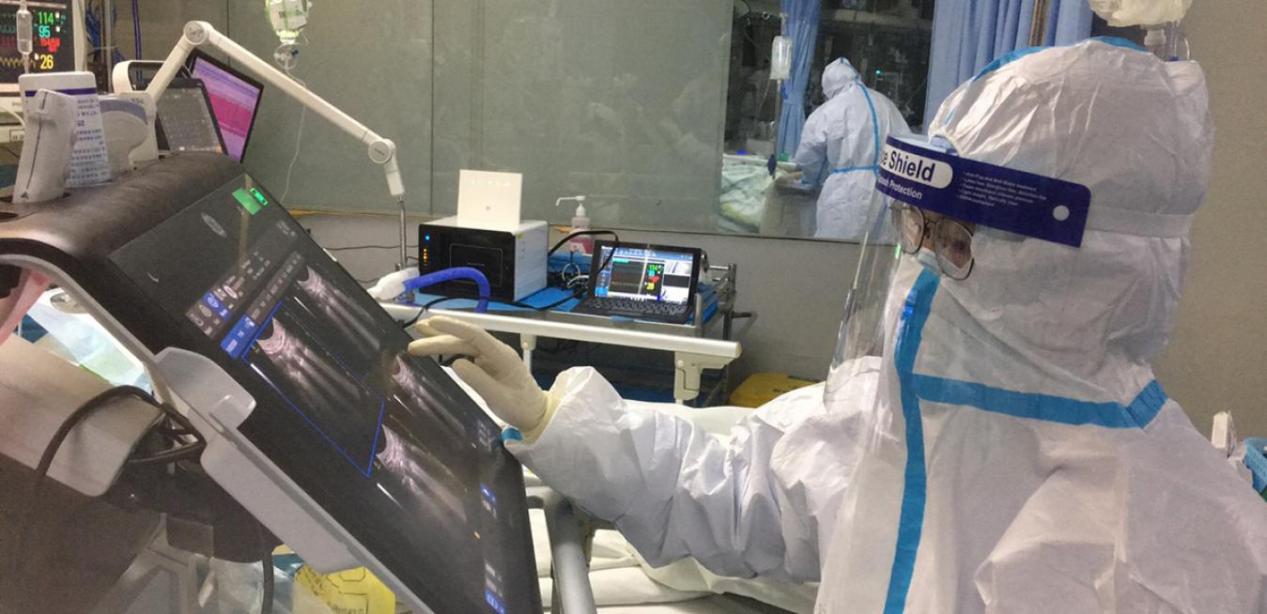
Instead of sending patients to get CT scans, Xiaoting Wang and his colleagues had been using lightweight ultrasound machines to see inside their lungs. Thanks to these kinds of innovations and the clinicians behind them, China shared lessons learned for handling the COVID-19 pandemic that is affecting thousands more people around the world every day. “It’s our responsibility to save lives in this kind of pandemic,” said Wang. “We have to do this.”
Typically, when a doctor is caring for patients with critical lung infections, they will send the patient for a CT scan. In normal times, that makes sense. CT machines are excellent at spotting problems like thickened pleura, the membrane that envelopes the lungs.
But CT scans take longer to conduct and hospitals usually have only a limited number of scanners. Add to that the problem of decontaminating between scans. With a disease as contagious as COVID-19, every nook and cranny of a machine has to be thoroughly disinfected before the next patient can be scanned making the giant machines inefficient for handling a pandemic.
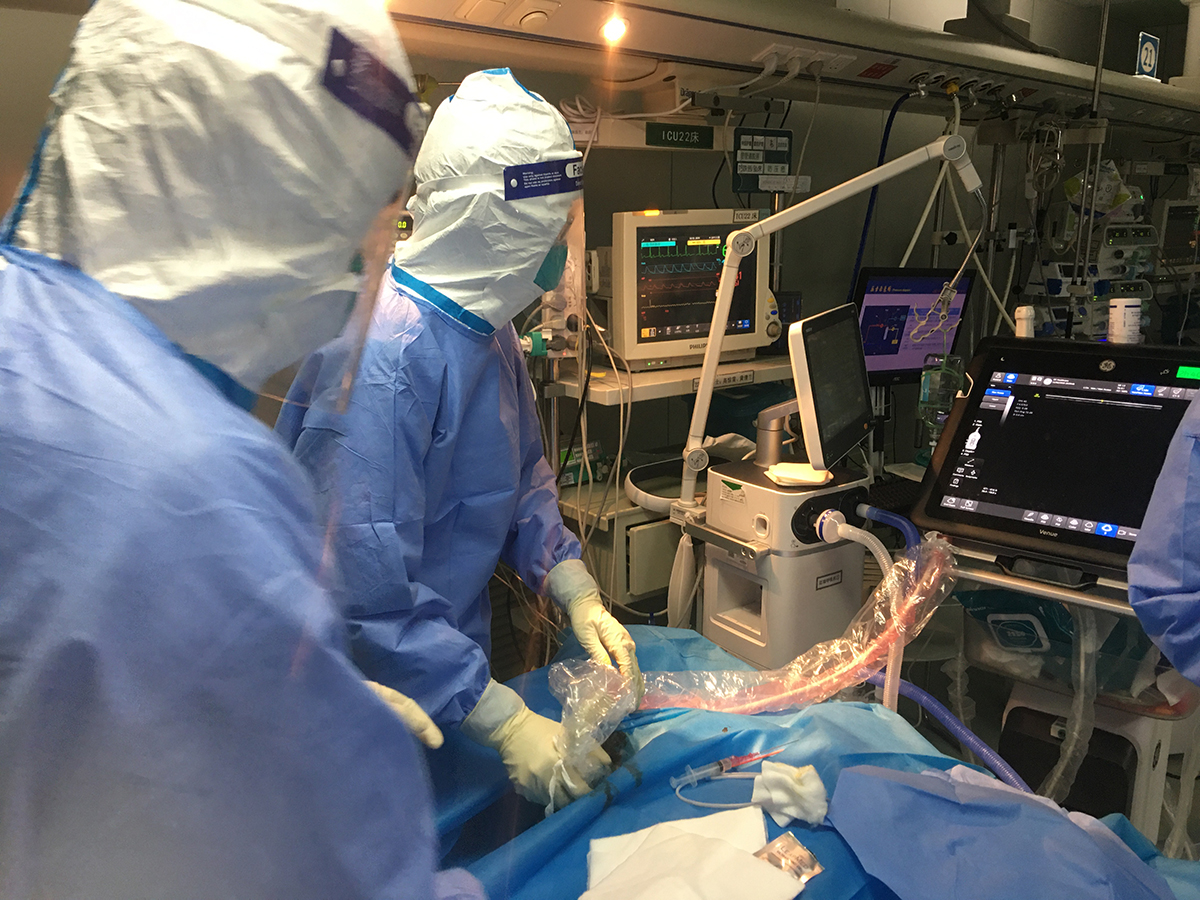
Professor Xiaoting Wang, deputy director of critical care medicine at Peking Union Medical College Hospital in Beijing, is part of a group of doctors in China who are sharing their experience using lung ultrasound as an alternative to CT scans for patients in ICU.
Wang and his colleagues have instead been relying on ultrasound machines. Ultrasound machines are small and portable. They can be covered in plastic to protect them from germs or easily wiped down between patients. And doctors can see results from ultrasound scans instantly.
They saw consistencies across both CT and ultrasound scans including thickening of the pleura and consolidation in the lungs.
“Lung ultrasonography gives the results that are similar to chest CT and superior to standard chest radiography,” “With the added advantage of ease of use at point of care, repeatability and absence of radiation exposure.”
One of the key detectors in lung ultrasound is called B lines. In a healthy lung, B lines are not prevalent. Instead, ultrasound shows rows of equidistant, horizontal lines — known as A lines. These lines are a reflection of the smooth lining of the normal lung (pleura). But in a patient with COVID-19 pneumonia, the pleura becomes irregular and bumpy with dark patches (consolidations) underneath. Rays of bright B lines appear below the consolidations helping to highlight these abnormal areas. An experienced doctor can easily see the difference between a healthy lung and an injured lung using an automated feature on ultrasound machines, such as GE’s Venue which has an automated B lines feature that counts the number of B lines and signals if there is a sign of disease.
Wang and his colleagues used ultrasound to test patients several times a day to track the progression of the disease which causes increasing injury to the lung. So even in patients who were almost asymptomatic there were still signs of the beginning of lung problems.
“I think this will draw more attention to the science and clinical application of lung ultrasound,” Wang says. “I think lung ultrasound is stronger in a critical care practice. That’s my opinion.”
 English
English
 Русский
Русский

